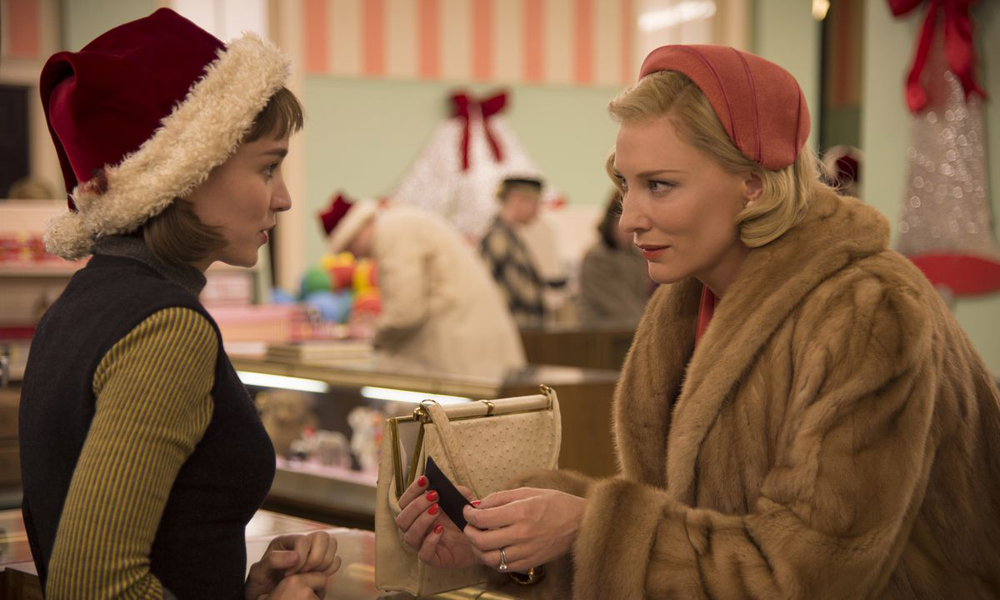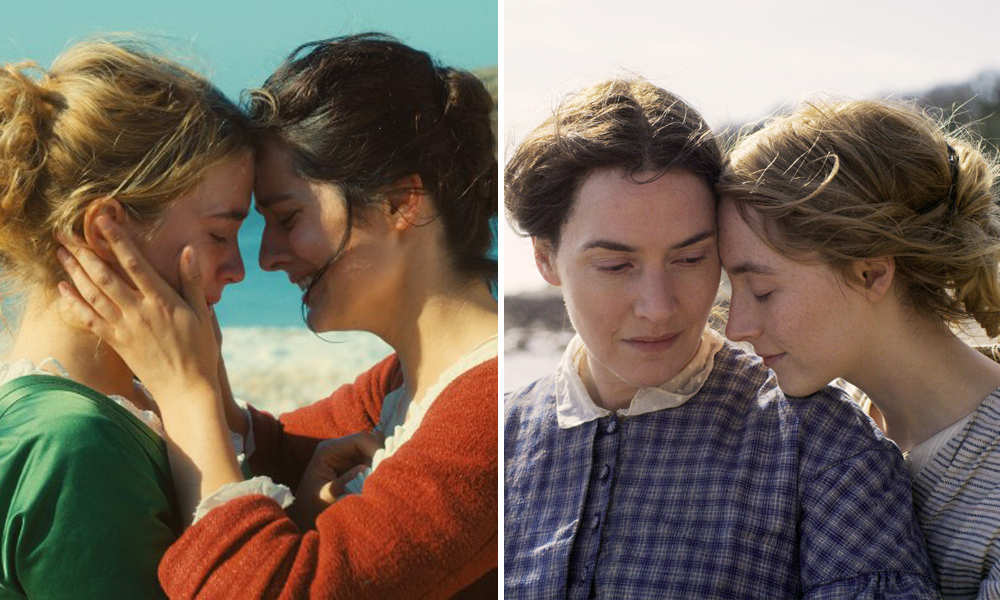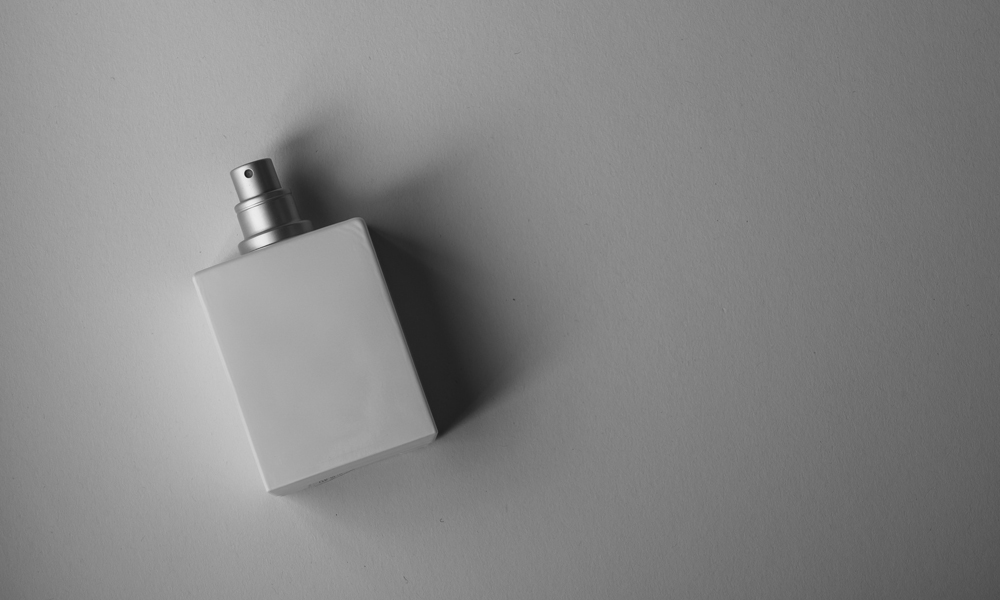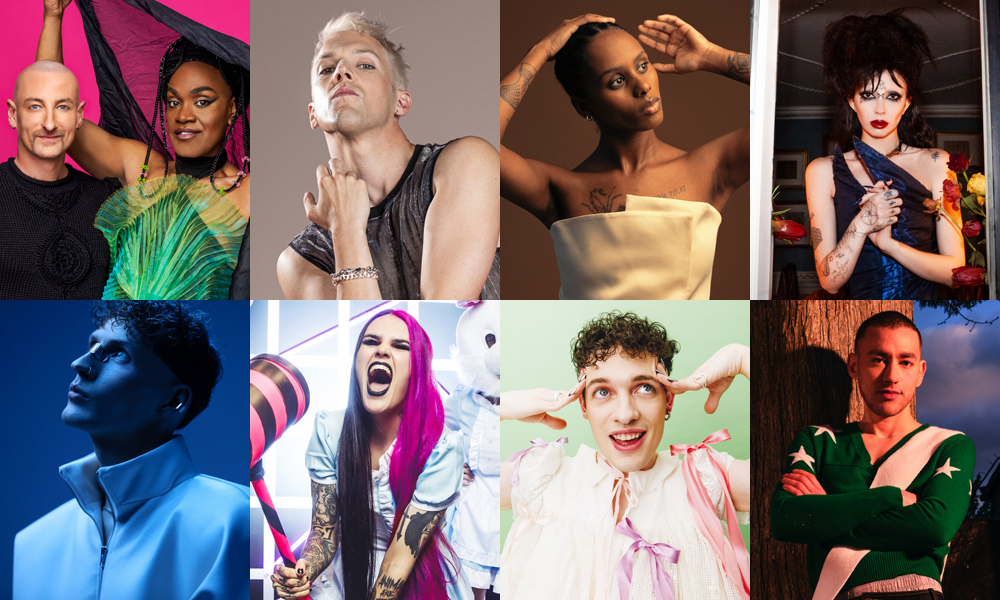The lesbian period drama is currently Hollywood’s favourite way to tell sapphic love stories on screen. What’s with that?…
By Bianca Guzzo
We need to talk about Hollywood’s current obsession with lesbian period dramas. While it is incredible (and long overdue) that sapphic stories are being told in mainstream media, it’s become increasingly noticeable that these films are all starting to fall into the same pattern. Of the handful of popular lesbian romance films that have been released in the past five years, most of them are period dramas, and they all seem to end in tragedy. There are so many stories to tell about queer women, so why does it feel like Hollywood’s only choosing to tell the same stories set in the past?
It’s no surprise that queer storylines are highly under-represented in mainstream Hollywood. Movies revolving around lesbian storylines make up an even smaller portion of the already small selection of queer entertainment currently available. So, when the trailer for Ammonite dropped in 2020, queer movie fans rejoiced. While there was no doubt that people were excited about the upcoming period drama starring Kate Winslet and Saoirse Ronan playing lovers, movie fans couldn’t help but notice that Ammonite looked eerily similar to another critically acclaimed fan favourite, Portrait of a Lady on Fire. Both films feature a woman hired to do a job for the other. Both films take place near the sea, both couples feature a blonde and brunette, and all of the women involved are white. The first half of the film is a slow burn; secret glances turn into close-up shots of hands touching…then, by the middle of the movie, the glances and innocent touches turn into electric passion. Even though the sexual tension builds the audience up to a fiery climax, the movie usually ends with the couple separated, their love just a fleeting memory of a time spent by the sea once long ago.
The plots of these films usually follow the same pattern. The slow burn, enemies to lovers to strangers story. If they’re going for historical accuracy, it usually means the love is secret and forbidden. It exists far away from society, hidden behind closed doors. This creates a certain tension to keep the audience invested in the characters, and the story. These films also tend to have the dark and moody aesthetic we’ve come to expect from lesbian period dramas. Dark, dull and dim lighting adds to the mystique of the hidden and forbidden relationship unfolding before our eyes. Scenes that drag with little to no dialogue, and tender close-ups of hands gently touching, which have long been a staple in queer storytelling, are also prevalent in these popular period dramas.
There is nothing inherently wrong with these films: most of them are fantastic, gaining critical acclaim and scooping up numerous awards. But the sudden fascination with them means we’re not getting the stories of today. And that’s kind of a problem.
The end of 2020 did give us two films set in modern times that focused on a lesbian relationship. Both The Prom and Happiest Season were highly anticipated, but upon their release fell short of the hype, and received plenty of criticism for the way the relationships were portrayed on screen. When it came to The Prom, the protagonist’s relationship was used only to drive the story forward for the other characters and to give them purpose. It’s slightly different from what we saw in Happiest Season, where the relationship of the main characters remained a central plot point in the movie. While it can be argued The Prom was more about the other main characters, (the ones played by Meryl Streep and James Corden), the focus of the movie was a coming-of-age coming-out tory. Happiest Season was marketed as a feel-good queer holiday movie. We were finally getting something to cut through the oversaturated market of Christmas Hallmark movies that revolve around heterosexual couples. But it ended up leaving a lot of viewers feeling triggered, having watched an out and proud lesbian be shoved back in the closet because her fiancée hadn’t come out to her family yet. While both films had redeemable moments and characters, they also both centred around coming out being the whole story, which we see so much of in queer stories set in our modern world.
In lesbian period dramas, most of the time sexuality is rarely discussed between the characters, but rather in the subtext of the movie. They talk with their stares, touches and actions. The stories aren’t about coming out, but instead about coming to an understanding about their common infatuation with each other. They’re about pure, raw attraction and acting on instinctual passion. It’s another layer of the often-complicated relationships that are outside the margins of a carefully calculated society. The relationships in these films almost all take place within an affair. Take 2015’s Carol,for example, which tells the story of two women forming an intimate relationship in the early 1950s, while one of them is trapped in an unhappy marriage. The multi-layered forbidden nature of the relationships in these movies can sometimes overpower the fact that audiences are watching a queer romance unfold on screen.

These movies almost always end with the main couple broken up, or far apart. That’s because the threat of the man one of them is supposed to be marrying, or the man one of them has already married, is always lurking just outside the main storyline. The plot twist is always just close enough for it to still be sexy and scandalous. Their passion-filled romance just ends up being a memory from the past, and sometimes not even a significant one. I know that real life isn’t always happily ever after, but is it too much to ask to have a couple of movies that allow us to escape for a while, that let us leave feeling fulfilled by the way the characters end up at the film’s conclusion? It’s not asking for a lot.
What’s more to the disappointing truth of the way sapphic stories are told on film, is that they are almost always between two cisgender, very conventionally attractive white women. Bisexuality or pansexuality is never really mentioned, and the possibility of somebody in the relationship being transgender, or a person of colour, is also rarely seen on film. We’re starting to see these stories being told on television with shows like HBO’s Euphoria and Netflix’s Sense8, but they aren’t being explored in film. It adds to the under-representation of queer stories that are currently being told in Hollywood. It also completely excludes marginalized groups of the LGBTQI+ community from these stories in order to maintain a sexy, cool and marketable product that will sell to heterosexual audiences.
These period dramas are aesthetically beautiful. Watching Portrait of a Lady on Fire feels like looking at a painting for two hours. The problem with major Hollywood studios choosing to tell sapphic love stories in a retrospective way is that it feels like a product of the past. However, even though it seems the lesbian period drama is the only way we’re getting stories about queer women on large screens, that won’t stop people from going to see them, even though we’re kind of tired of them. The slow-burn buildup to an eventual sex scene underneath corsets and petticoats is sexy enough to sell to straight people. The often-tragic endings make the story look more like a cautionary tale, and what we are left with is a queer story that’s been produced in a way that straight people would be comfortable watching.
Although queer stories are being told, it feels like they’re not being made for queer people to enjoy. It looks like for now, the lesbian period drama is what we have to work with of the crumbs we’re already given. We’ll continue to watch them, and maybe even enjoy them. But we shouldn’t stop asking for more diverse and current stories to be told in extraordinary ways.
—
BIANCA GUZZO is a writer based out of the GTA. She spends her free time watching Trixie Mattel makeup tutorials, though she has yet to nail the look.







POST A COMMENT